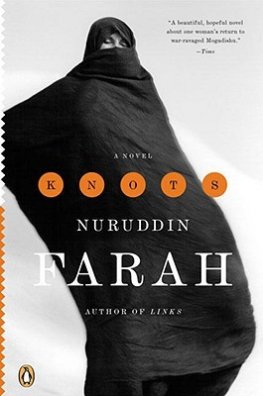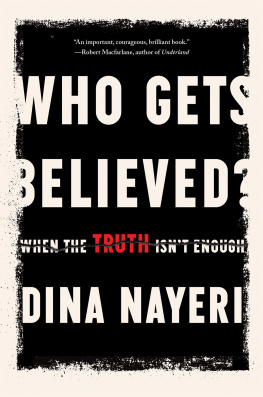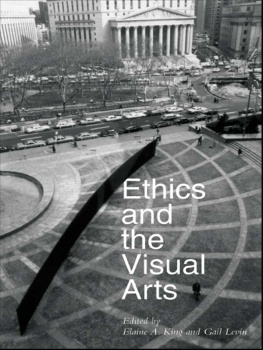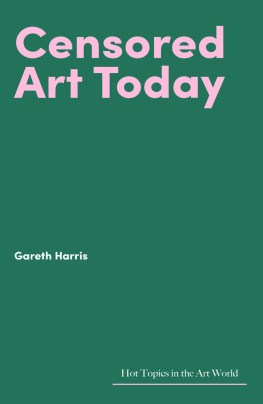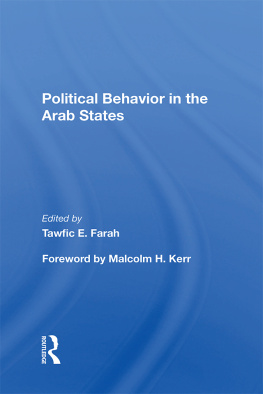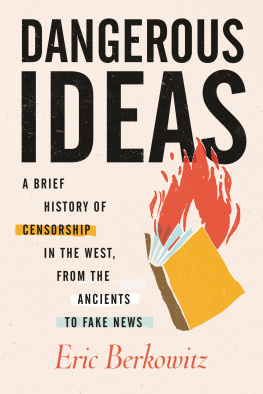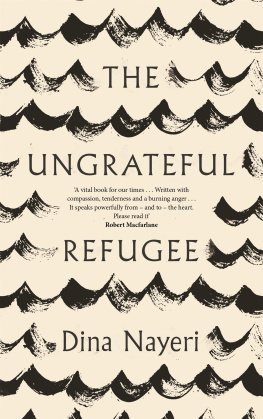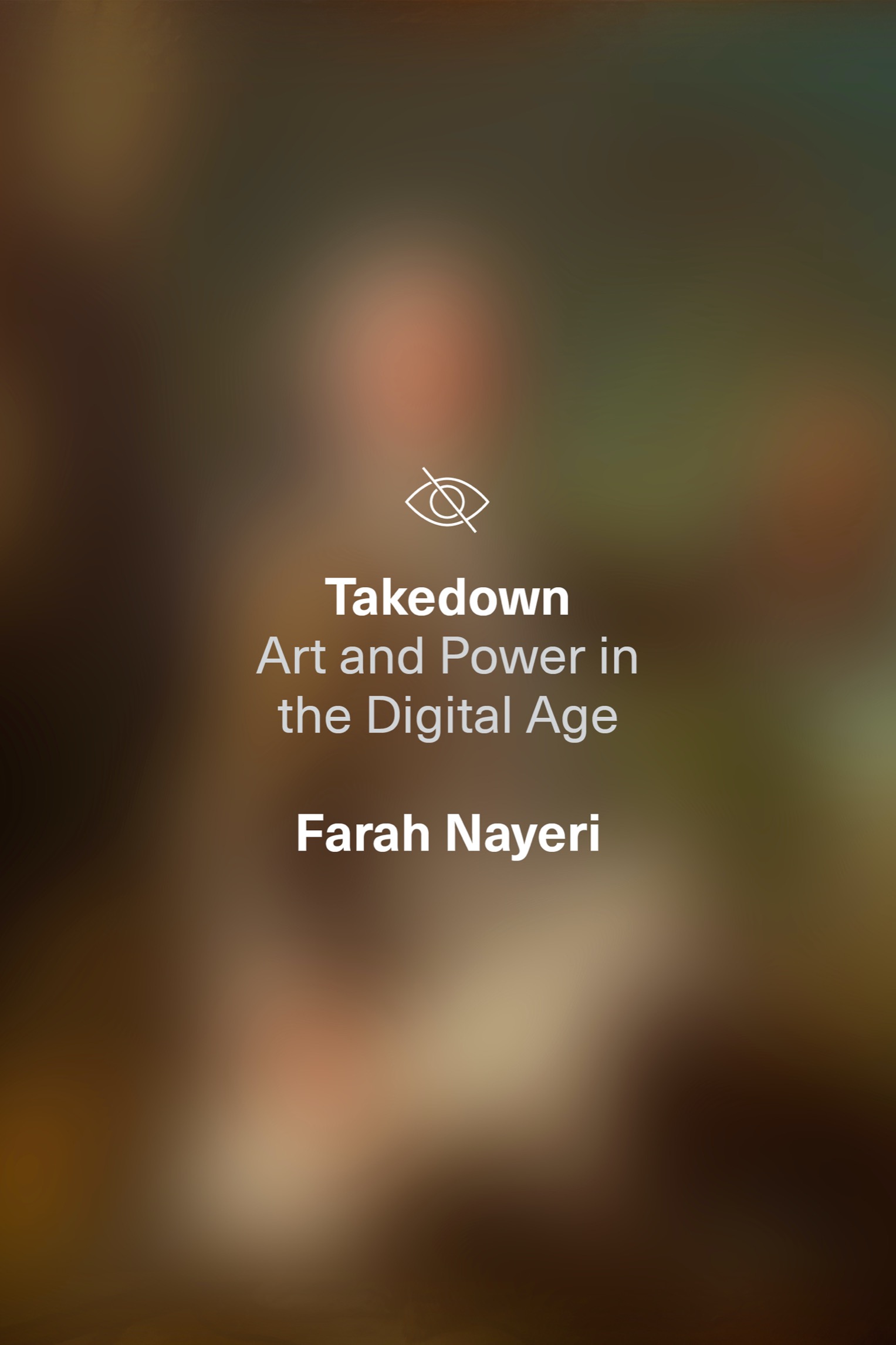Contents
Guide
Pagebreaks of the print version

Copyright 2022 by Farah Nayeri
All rights reserved. Copying or digitizing this book for storage, display, or distribution in any other medium is strictly prohibited.
For information about permission to reproduce selections from this book, please contact .
Image credits and permissions appear on .
Astra House
A Division of Astra Publishing House
astrahouse.com
Publishers Cataloging-in-Publication Data
Names: Nayeri, Farah, author.
Title: Takedown : art and power in the digital age / Farah Nayeri.
Description: Includes bibliographical references. | New York, NY: Astra House, 2022.
Identifiers: LCCN: 2021917169 | ISBN: 9781662600555 (hardcover) | 9781662600562 (ebook)
Subjects: LCSH ArtCensorship. | Freedom and art. | Arts and society. | Art and morals. | ArtPhilosophy. | Intellectual freedom. | BISAC ART / Criticism & Theory | ART / Art & Politics | ART / Popular Culture
Classification: LCC N72.S6 .N39 2022 | DDC 707.5dc23
First edition
Designed by Richard Oriolo
The text is set in Bulmer MT Std.
The titles are set in Neue Haas Unica Pro-Bold.
To my parents, Abbas and Dori Nayeri, who gave me everything
Contents

Prologue
A rt is power.
Since the beginning of time, works of art have had an extraordinary ability to elicit human emotion. From one century to the next, from one medium to the next, art has mesmerized, repelled, titillated, terrified, shocked, and enraged viewers across the Western world. And because of its unique impact on humankind, it has been viewed with suspicion by individuals in positions of political power.
For generations, those individuals were kings and courtiers, popes and cardinals, dictators and their flunkies. They monitored, controlled, censored, and suppressed art and artists to keep themselves in power and prevent social upheaval. Artists were at their beck and call, in their pay, at their mercy; their lives depended on keeping the powerful sweet.
Today, artists in the West have finally thrown off the shackles of crown and court, church and clergy, and one-party tyranny. They are freer than ever to express themselves without fearing retribution from a prince, a pope, or a president. Their works no longer face censorship, or even censure, from people in official positions of authority.
Instead, artists are increasingly being held to account by individual citizens and voterspeople like you and me. As liberal democracy becomes ever more entrenched in the Western hemisphere, the voice of the citizen is getting louder and louder. And that voice is demanding equality for all those who were previously overshadowed, overlooked, and overpowered: women, ethnic minorities, colonized peoples. For the first time, younger generations in the West are seeking to atone for a history of exploitation and discrimination, and to wipe out the misogyny, racism, and colonialism that prevailed in the past. A wave of citizen-led, social-media-enabled advocacy and activism is overtaking all aspects of society.
And its quickly spreading to the art world. Suddenly, thanks to the powerful impetus of two global movements, both in response to serial crimes#MeToo and Black Lives Mattergroups that were long underrepresented if not erased are being foregrounded in art. Museums and galleries that, for decades, paid lip service to gender and racial equality are now actively rushing to collect, exhibit, and hire women and people of color, and to put on shows that highlight the legacy of colonialism and slavery.
Institutions in major Western capitals, in other words, are waking up, smelling the proverbial coffee, and making sudden and seismic changes. Seemingly overnight, women and artists of color are appearing in museums, galleries, auction houses, and art fairs everywhere, and issue-driven exhibitions are multiplying. The art market, needless to say, is in on the game. Meanwhile, using the bullhorn that is social media, citizen-activists are watching these gatekeepers carefully, and judging their efforts with a raft of new egalitarian and ethical yardsticks.
This digitally enabled revolution is long overdue. For centuries, museumgoers, amateurs, and collectors of art have been exposed to extraordinary talents, but mainly white and male onesto the exclusion of all others. Half of humanity, meaning the female half, has been ignored. So have artists who are not descendants of white Europeans. How can such a sizeable population be silently disqualified by the worlds most important cultural institutions? What good is social progress if it stops at the museum gates? Are museums not mausoleums in that case?
Takedown takes a close look at that revolution, at its durability, and at the impact that citizen-led activism and demands for diversity and inclusivity are having on art, as they transform it into a broader and much richer church. The book shows how women and long underrepresented minorities are now, finally, getting a seat at the tablesometimes the top seat. It examines the implications for art and museums, some good, some less good.
While the effects of misogyny, sexual harassment, cultural appropriation, and racism have been examined in other disciplinesfilm (Harvey Weinstein, Roman Polanski), music (Michael Jackson, R. Kelly), and publishing (Jeanine Cummins, Woody Allen)no mainstream book has yet tackled the impact on the visual arts. Takedown is my effort to fill that void. It brings all sides togetherthose pushing for change and those with the power to deliver it. It exposes their views and allows the debate to play out on its pages.
TAKEDOWNIS, IN short, about the overlap between art and politics. As it happens, the twin forces of politics and art have dominated my life both personally and professionally. And I seem to bring that dual vantage point into everything I doincluding this, my first book.
I was born in London into a family of Iranian diplomats, and spent my childhood in Iran as well as in countries to which my father was assigned (Morocco, Egypt). The Islamic Revolution of 197879 derailed the trajectory that was laid out before me. I was catapulted into a life of exileand of aesthetic enchantment. We moved to Paris, the city where I had always longed to live. The wondrous art and architecture, the infinite cultural possibilities were enthralling to a young girl who, until then, had never lived in Europe.
I had always had a proclivity for the artsparticularly music, to which I almost dedicated my life. But I had next to no talent in the visual arts. My elementary-school drawings and paintings were lousy, and to this day, my sketches remain ham-fisted and embarrassing. Plenty of talented people have told me that anybody can draw. But I dont believe it. To me, drawing, painting, sculpture, and the plastic arts are innate gifts, and I seem to have had a talent bypass in that department.
So art was not something that I paid much attention to in childhood and early adolescence, let alone understood. All that I remember of a trip to the Louvre at the age of thirteen is locking gazes with the Mona Lisa, and gaping at the headless Venus de Milo as I walked up the stairs. I was like the millions of kids who were dragged to museums every year: not there by choice.


